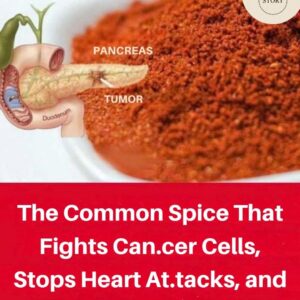Cassava, a starchy root vegetable eaten by over 500 million people, is a major food source in tropical regions like Nigeria, Thailand, and Indonesia.
It’s rich in vitamin C and copper and used much like potatoes.
However, cassava is sometimes called the “world’s deadliest food” because it contains cyanogenic glucosides—natural compounds that release toxic cyanide if not processed properly. The World Health Organization (WHO) reports that around 200 people die each year from cassava-related poisoning.
“These harmful compounds serve as a natural defense mechanism for the plant,” WHO explains. The danger increases during famine or conflict when processing steps are skipped.
One serious health risk is konzo, a sudden and permanent paralysis of the legs. It’s linked to eating improperly processed bitter cassava along with a low-protein diet. Konzo mostly affects impoverished areas and can occur in outbreaks.
Despite the risks, cassava is safe when processed correctly. Soaking peeled cassava for at least 24 hours, boiling, or sun-drying it can drastically reduce its cyanide levels. When prepared and eaten properly, cassava is a nutritious food that supports a balanced diet.





